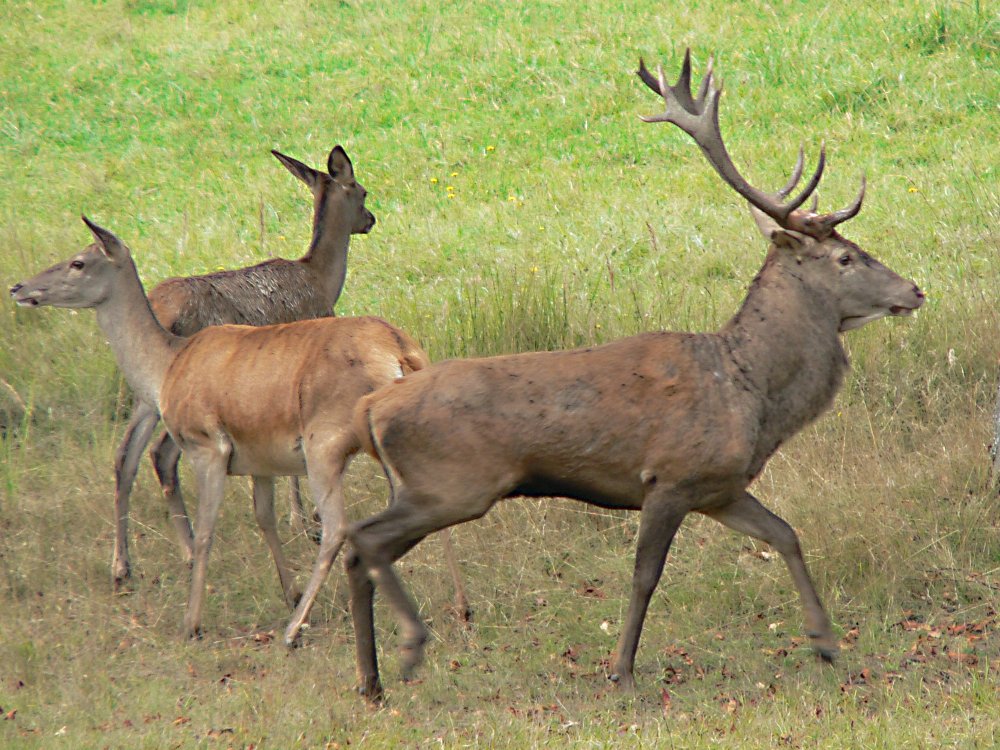Onchocerca Tubingensis on:
[Wikipedia]
[Google]
[Amazon]
''Onchocerca tubingensis'' is the name of a 
nematode
The nematodes ( or grc-gre, Νηματώδη; la, Nematoda) or roundworms constitute the phylum Nematoda (also called Nemathelminthes), with plant-Parasitism, parasitic nematodes also known as eelworms. They are a diverse animal phylum inhab ...
. It was discovered in 1974 and published by O. Bain und H. Schulz-Key in ''Tropenmedizin und Parasitologie'' and named after Tübingen
Tübingen (, , Swabian: ''Dibenga'') is a traditional university city in central Baden-Württemberg, Germany. It is situated south of the state capital, Stuttgart, and developed on both sides of the Neckar and Ammer rivers. about one in thr ...
. Red deer
The red deer (''Cervus elaphus'') is one of the largest deer species. A male red deer is called a stag or hart, and a female is called a hind. The red deer inhabits most of Europe, the Caucasus Mountains region, Anatolia, Iran, and parts of wes ...
(''Cervus elaphus'') are the host of this parasite. The adult worms of Onchocerca tubingensis are found in subcutaneous nodules on the caudal part of the back, while the microfilariae
::''Microfilaria may also refer to an informal "collective group" genus name, proposed by Cobbold in 1882. While a convenient category for newly discovered microfilariae which can not be assigned to a known species because the adults are unknown, ...
are distributed on the ventral part of the body with maximum densities in the region of the sternum
The sternum or breastbone is a long flat bone located in the central part of the chest. It connects to the ribs via cartilage and forms the front of the rib cage, thus helping to protect the heart, lungs, and major blood vessels from injury. Sh ...
and with lower densities on the inner sides of the hindlegs. The infection rates of 94 red deer investigated in southern Germany during 1907–1974 were 23%.

References
Parasitic nematodes of mammals Cervus Spirurida Tübingen Nematodes described in 1973 {{parasitic animal-stub